#CLARKTOGETHER
‘From Horror to Hope,’ first-year students take multilayered approach to pandemics
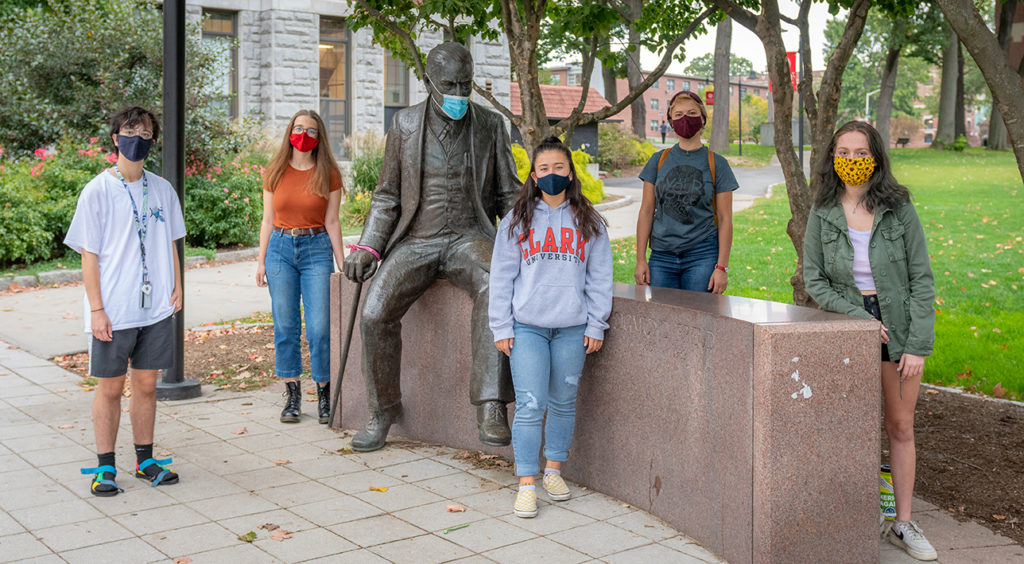
When Clark switched to all-remote learning last spring in response to the COVID-19 pandemic, Professor Doug Little realized that his history students weren’t alone in their concern about what was to come. He thought of the incoming Class of 2024, students whose high school careers were cut short and who hadn’t yet started their college journeys. Why not invite them to examine the pandemic from multiple angles?
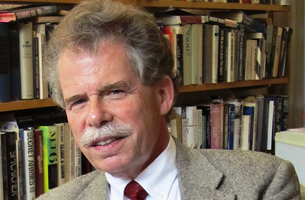
“I thought this would be a cool way to reach out to them and give them a taste of what they could expect when the semester started in earnest,” Little said. The resulting half-credit interdisciplinary course, Pandemic: From Horror to Hope, offered to incoming students this past summer, became the University’s first “Clark Commons” offering and has provided a blueprint for future courses.
English Professor Betsy Huang, dean of the college and associate provost, is one of 12 professors who contributed to the course. “The participating faculty members in this class laid the foundation for how an online, team-taught, interdisciplinary course could be delivered solidly — and it was terrific,” she says. The course was so in demand that it had a waiting list of almost 50 students, and will be offered again during the winter intersession. A second Commons course about the Black Lives Matter movement also is being developed for the intersession.
The six-week course included 11 prerecorded lectures, or “episodes,” from faculty who became known to the students as “the COVID Posse.” Joining Little and Huang were Nathan Ahlgren, biology; Patrick Derr, philosophy; Ellen Foley, international development; Wim Klooster, history; Nina Kushner, history; Hugh Manon, screen studies; John Rogan, geography; Justin Thackeray, biology; and Kristina Wilson, art history. History Professor Amy Richter served as “emcee” for the course, providing prerecorded introductions to each episode and connecting the episodes to each other and to present events. Little and Kushner were the lead faculty.
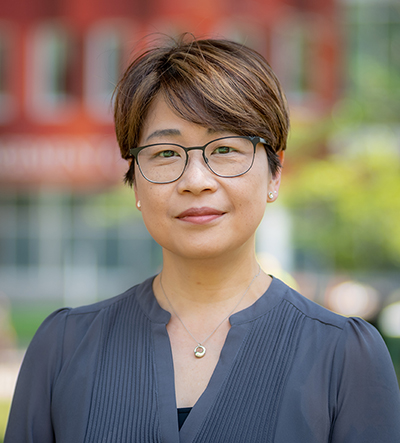
After watching each episode, students published reactions and responded to each other on Moodle, Clark’s online learning platform. They came together on Zoom every Thursday for a live town hall with one or more professors who presented the week’s content. The students could ask questions directly or contribute their thoughts via the platform’s chat feature.
“I’m a big fan of the town halls,” says Gwen Arbetman ’24. “I liked being able to ask questions, and a lot of new ideas came in that I never would have thought of. It was great being able to have those interactive moments — not only with professors during virtual office hours, but also with other students in the town halls and the side chat.”
Nora Rueffer’ 24 appreciated that students were not required to speak in the town halls. “I listened to other people’s ideas and could think about them and offer my own perspectives in the chat window without having to speak in front of sixty people.”
“By the time they got to the town hall, students had engaged with the material all week,” says Kushner. “In my first town hall, I tried to answer literally every question students asked, and that didn’t work at all.” Instead, the course teaching assistants, doctoral students Mindy Marchand and Courtney Slavin, identified themes from the students’ posts on Moodle. “The students still participated and drove the discussion, but the professors had an idea of the overarching themes of the week.”
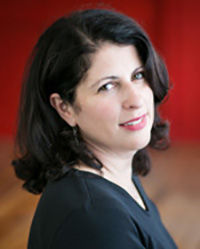
“We put a lot of work into setting up this course,” Kushner said, “but it only worked because of the students who, from the very first day, responded to each other’s comments.”
For Andrew Romano ’24, the entire course was a welcome introduction to studying at Clark. “Because it was so interdisciplinary, it catered to everyone — people interested in history, the arts, or English, or science. It offered so many different perspectives.”
Along with giving students an early glimpse of college academics, the course offered something that was hard to find in the spring: hope.
“We didn’t always point out hope in the lectures, but it’s in the DNA of the course,” says Kushner. “We’ve gone through these things before.”
Little said working on the course helped him manage his own feelings about the pandemic. “We all felt powerless this spring. When the COVID Posse came together, we fed off each other’s energy and enthusiasm. It was important.”
Huang, who researches dystopian fiction, assigned short stories that used plague as a metaphor to call out certain social ills and flaws of humanity. “[The pandemic] forces those of us who research this area to examine the use and effectiveness of these stories,” she says. “Are they merely to document and bear witness, or to position us to avoid this in the future?”
Ilina Ivanova ’24 said the course provided a constructive outlet. “We did something positive with our time, even though we were in the middle of something bad. We started a conversation that helped us process it. We may not even know it, but we might have come up with ideas that could lead to future answers. I felt a lot calmer once I got into the course.”
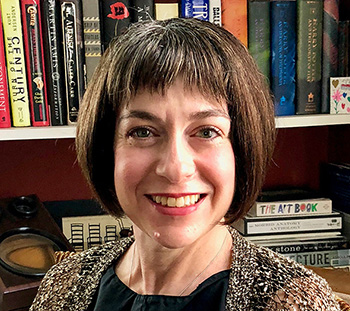
“One takeaway is that humankind has learned what we need to do,” Little says, explaining that even during the Black Death, when people didn’t understand the science, they still quarantined against it. The 1918 flu pandemic led to improved public health infrastructure.
For Richter, an important piece of knowledge came in the first week of the course. “These experiences feel extraordinary for us in our lifetimes. They are unnerving and terrifying, but in the nature of human biology, this is normal,” she says, adding that Ahlgren’s episode detailing how humans have adapted to past viruses through evolution was “oddly comforting.”
“Viruses and pandemics are normal,” Kushner agrees. “The Black Death was a pandemic during human expansion; the smallpox outbreak was a result of the ‘Columbian exchange’; and the 1918 flu pandemic happened when the world was at war. This is the nature of our society. We’re still who we are. It would be great if we could take all these lessons we’ve learned from the past and apply them consistently, but we don’t.”
At the end of the course, Julia Kennedy ’24 commented, “This course started with biology and ended with biology. By the end of Dr. Thackeray’s explanation of the search for a cure, not only is it shown that yes, there is hope and an end for COVID-19, but there is hope for this nation. We have seen that through the horror that comes with pandemics, a community emerges. We have each other to fight this.”


